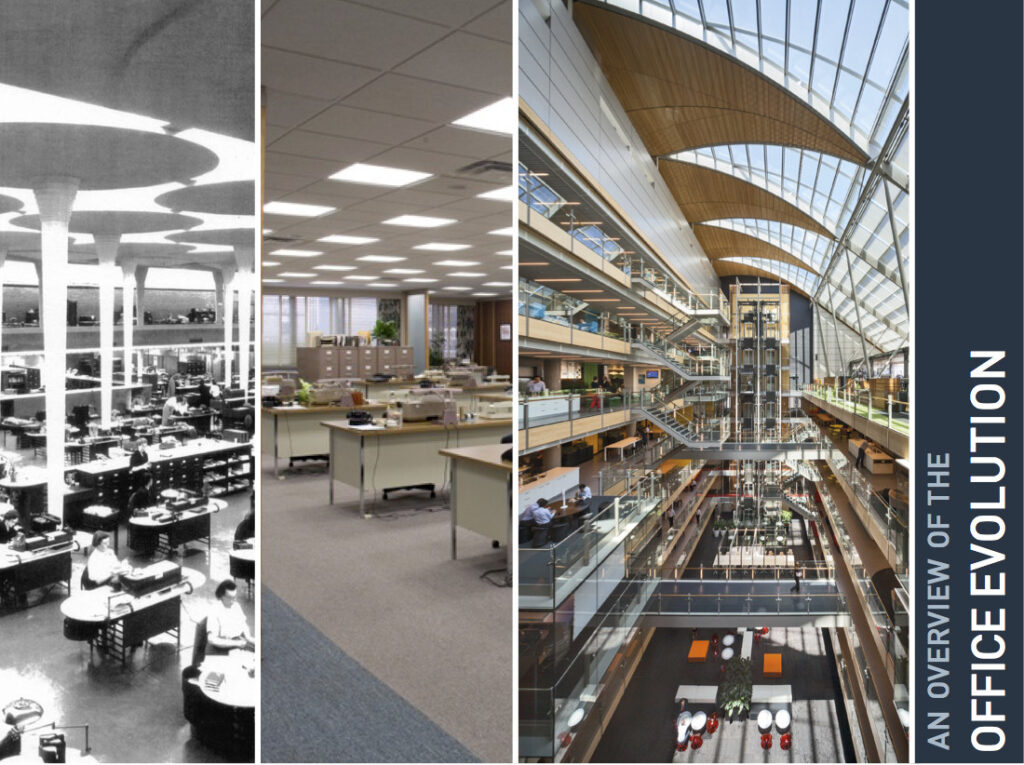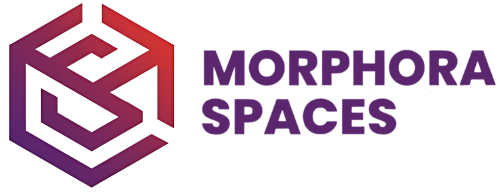Discover how new-age offices are redefining the modern workplace. Explore the rise of hybrid workspaces, collaborative designs, and the future of office culture.
In a post-pandemic world driven by innovation and flexibility, new-age offices have taken a dramatic turn from traditional workspaces. Gone are the days of cubicle farms and rigid 9-to-5 schedules. Today’s modern offices are designed for collaboration, creativity, and well-being, reflecting a shift in how people perceive work and productivity.
The Evolution of Office Spaces
The old office model was built around control, routine, and uniformity. Everyone had a desk, a desktop computer, and a fixed lunch break. But as technology evolved, so did our expectations. Cloud computing, instant messaging apps, and project management tools have unchained employees from their desks, giving birth to flexible, hybrid work cultures.
In this new paradigm, employee experience is at the core of workspace design. Companies are investing in office spaces that motivate teams, promote health, and support collaboration. From open floor plans to quiet zones, nap pods to rooftop gardens, today’s office is a far cry from what it was a decade ago.
Key Features of New-Age Offices
- Hybrid Work Infrastructure
New-age offices are built for hybrid teams—where part of the staff works remotely and the rest from the office. Hot desks, high-speed Wi-Fi, video conferencing booths, and cloud-based tools have become essential. - Focus on Employee Wellness
Ergonomic furniture, natural lighting, indoor plants, standing desks, and wellness rooms are now part of the standard design. Many offices even include fitness zones, meditation areas, or on-site health services. - Collaborative & Creative Spaces
Innovation thrives on collaboration. Open areas, lounge-style meeting rooms, whiteboard walls, and brainstorming pods are increasingly replacing boardrooms and isolated cabins. - Sustainable Design
Sustainability is no longer optional. Energy-efficient lighting, recycled materials, green certifications, and minimalistic designs reflect a company’s eco-conscious values. - Smart Office Tech
IoT devices, automated lighting, climate control systems, AI-based scheduling assistants, and smart lockers make offices smarter, safer, and more efficient.
Why Businesses Are Embracing the Shift
The transformation is more than just aesthetics. A well-designed, flexible workspace leads to higher productivity, lower employee turnover, and stronger company culture. It also helps attract top talent, especially millennials and Gen Z, who prioritize work-life balance and value-driven workplaces.
Final Thoughts
New-age offices are no longer just places to work—they’re spaces to grow, connect, and innovate. As businesses adapt to the evolving needs of employees, office design will continue to reflect the broader shift toward agility, inclusivity, and holistic well-being.
If you’re planning an office revamp or designing a new workspace, it’s time to think beyond four walls. Invest in an environment that empowers your team—and watch the impact it has on your brand and bottom line.



